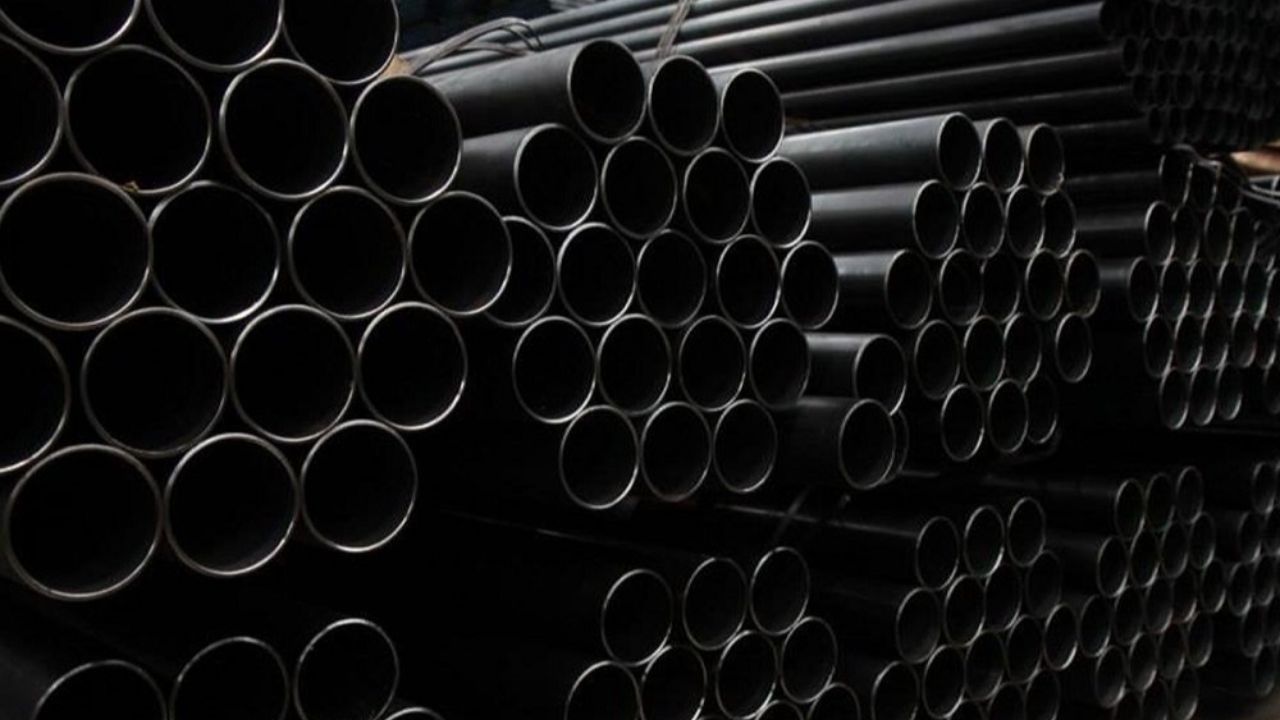Engineers and contractors selecting Schedule 80 pipes for projects need to evaluate multiple essential elements to guarantee the pipes meet their operational requirements. Schedule 80 pipes find extensive utilization because their thicker construction provides enhanced pressure-bearing capabilities with improved durability and heightened strength characteristics. The effectiveness of Schedule 80 pipe depends heavily on making proper dimensional choices. The Schedule 80 Pipe Dimensions, Sch 80 pipe thickness Charts provide detailed specifications to help select the appropriate pipe size for various applications. This article examines essential elements which need attention during Schedule 80 pipe dimension selection.
Pipe Pressure Requirements
You must consider pipe pressure requirements among all other factors before determining which Schedule 80 dimensions will work best for your application. Schedule 80 pipes demonstrate enhanced pressure capacity than their thinner counterparts in Schedule 40. The wall thickness determines how the Schedule 80 pipe handles internal pressures while staying structurally sound. The selection of appropriate pipe dimensions requires complete knowledge of the system's pressure requirements. The system functions both safely and efficiently when you choose Schedule 80 pipes with appropriate wall thickness for their pressure requirements.
Fluid or Gas Being Transported
The choice of pipe dimensions depends on the characteristics of the fluid or gas that will flow through Schedule 80 pipes. The transportation of corrosive chemicals or gases requires thicker pipe walls to stop leaks and protect against material degradation over time. In corrosive environments the pipe material's chemical resistance becomes essential so stainless steel or similar materials prove better suited for these conditions. Pipe dimensions depend on the flow characteristics which determine whether the substance exists as a liquid or gas. Selecting pipes of proper diameter in combination with wall thickness allows high-viscosity fluids or pressured gases to flow smoothly without creating excessive pressure loss or flow interruptions.
Pipe Length and Layout
The length of the pipe together with its position in the system represents a vital element for decision-making. Additional strength and support through thicker pipe walls become necessary when designing long systems with multiple bends because of extended lengths and complicated routes. Schedule 80 pipes find their application in extended pipeline systems because their enhanced pressure tolerance and durability help protect against failures caused by extended spans. The stress on pipes depends on how the piping system is arranged with its connection joints and multiple fittings. When additional load requirements exist the selection of thicker pipes with enhanced pressure resistance and stronger dimensions becomes necessary.
Temperature Extremes
System designers should examine high and low-temperature conditions during their selection process for Schedule 80 pipe dimensions. Built for durability across diverse temperature ranges Schedule 80 pipes necessitate selection of appropriate materials and dimensions to handle expected thermal expansion along with contraction. The combination of stainless steel or alloy steel materials in Schedule 80 pipes serves high-temperature steam systems because these materials maintain structural integrity at elevated temperatures. Systems operating in freezing conditions need thicker pipe walls to stop ice formation from causing pipe damage.
Pipe Material and Corrosion Resistance
When choosing Schedule 80 pipes people must select appropriate materials because corrosion exposure requires specific attention. The selection of pipe materials between PVC, CPVC, carbon steel, and stainless steel depends on specific application requirements. Schedule 80 PVC pipes demonstrate excellent corrosion resistance which makes them suitable for chemical transportation applications. Stainless steel represents the preferred material choice when operating high-pressure steam systems. Membranes being considered for pipe applications must display compatibility through dual considerations of conveyed substances and both operational and environmental conditions.
Cost Considerations
The selection of Schedule 80 pipe dimensions depends heavily on cost considerations. Schedule 80 pipe prices surpass those of Schedule 40 due to greater thickness but people should compare investment costs to long-term durability and resistance capabilities. A combination of larger pipe dimensions and thicker walls could become necessary to fulfill system technical specifications. System applications with lower pressure demands and flow rates should select pipes that have lesser schedule levels or smaller diameters because this selection provides better cost efficiency.
Standards and Regulations
Manufacturing requires considering all industry performance requirements that apply to Schedule 80 pipe specifications. The chemical processing sector along with oil and gas and construction industries maintain their regulations which determine both pipe dimensions and material specifications for system components. Standards and regulations establish conditions for pipe compliance enabling safety testing and appropriate application design for their intended use. Engineers need to evaluate requirements through the study of applicable codes and standards before deciding on pipe dimensions which must conform to all applicable regulations when making their selection. The implementation of these checks prevents expensive delays and future compliance problems.
Conclusion
The selection of appropriate Schedule 80 pipe dimensions remains crucial for achieving system longevity together with safety performance. The selection of appropriate pipe dimensions depends on multiple critical elements including pressure needs and fluid properties pipe length operating temperature range material choice and budgetary constraints. Engineers and contractors select the perfect Schedule 80 pipe solution by examining multiple project factors to deliver enduring performance within challenging settings.


